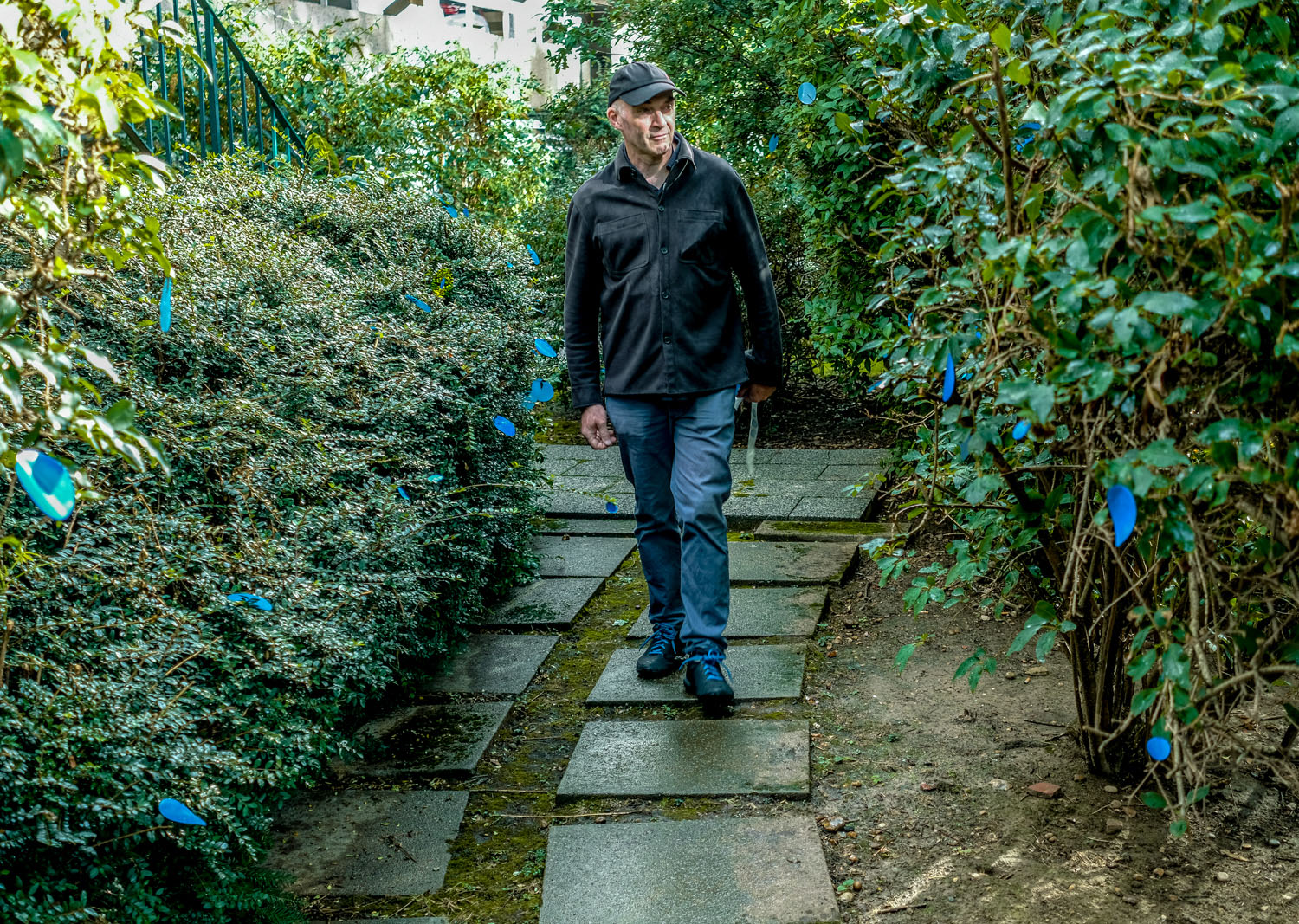WorkAround
A workaround is a creative improvisation to get to a desired result, usually when there’s something in the way. The obstacle could be a technical fault, a policy or an interface designed to exclude you (deliberately or not). The workaround, often developed over time, in collusion with others who are encountering the same obstacle, is usually unofficial, illegitimate, or even prohibited. Who says workarounds are not permitted?
Policymakers, gatekeepers, manufacturers, engineers, and — let’s be honest — designers. But those who come up with workarounds are also designers, sometimes canny, ingenious people with inky or oily fingers, their eyes on the changing conditions of the situation at hand. The workaround is an improvisation because it’s not developed from afar, in a theoretical or abstracted situation: the workaround comes from the frontlines of the problem, where the rubber meets the road, the ink meets the roller, or where the computer says no.
Usually, the workaround is designed to get past the problem without eliminating it. What does that mean for the problem? If the workaround catches on, it eventually comes to the attention of the system’s designers, policymakers, manufacturers, gatekeepers, and the problem is sometimes addressed. But could this process be accelerated by celebrating the workaround? Could the workaround create spaces of play, invention and kindness*? By drawing attention to the creativity in peoples’ improvised solutions, could we close the feedback loop and draw attention to the problem that systems are often designed to produce errors, unfairness and even injustice?
DesignInquiry’s Workaround residency was held during the London Design Festival.
DesignInquiry’s Workaround residency was held during the London Design Festival.


Could duct tape be the generally accepted, universal symbol for the “workaround”? If there was indeed a “Nation of Workaround” would duct tape be it’s flag? After all, a fix to temporary problems seems to be its most common function — stopping leaks, fixing joinery, car repair, veterinary medicine, even space exploration. Duct tape is an item so useful it’s a staple on camping supply lists — great for blisters, canoe repair and splints. One may be hard pressed to identify a function of duct tape that isn’t a “temporary fix to a problem” – the definition of the “workaround”. I suppose, the question isn’t “what can duct tape do? But rather, “what can duct tape not do?”
The “workaround” can be symbolized in other similarly purposed and useful objects — rubber bands, the paper clip, string or safety pins — all band-aid objects in the context of providing temporary fixes to more durable problems. LIke this one — a caulking gun used to stop a radiator’s hissing that Peter observed. These objects represent the “improvisational” — as Peter Hall wrote in the residency application call “The workaround is an improvisation because it’s not developed from afar, in a theoretical or abstracted situation: the workaround comes from the frontlines of the problem, where the rubber meets the road, the ink meets the roller, or where the computer says no.”
Improvisation is a methodology embraced by DesignInquiry — responding spontaneously to the unexpected is a hallmark of DesignInquiry residencies that often lead to outcomes as unexpected as their origin. Designers pride themselves on thoughtful, deliberate plans built on careful research and analysis — but the alternative is a playful approach that embraces action over preparation, response over planning. “Doing what you can, with what you have, where you are”.




